- Art Home
- Exhibitions
-
Explore the Collection
- Explore the Collection Home
- African Art
- American Paintings, Sculpture and Drawings
- Contemporary
- Decorative Arts and Design
- East Asian Art
- European Paintings, Sculpture and Drawings
- Fashion Arts and Textiles
- Musical Instruments
- Indigenous American Art
- Photography
- Prints
- South Asian Art, Islamic Art and Antiquities
- Provenance and Cultural Property
- Conservation
- Meet the Curators
- Digital Resources
- Art Bridges Cohort Program
- Events & Programs Home
- Calendar
- Accessibility
- Adults
-
Families & Teens
- Families & Teens Home
- 10x10 Teen Art Expo
- Art on the Rise
- Art Together: Art Making for Families with Children Ages 3–5
- Babies Sing with May Festival Minis
- Boy Scouts / Girl Scouts
- CAM Kids Day
- Family Storytime and Gallery Walk
- Family Studio: Art Making for Families with Children Ages 6–12
- Games in the Galleries
- Members-Only Baby Tours
- Public Baby Tours
- REC Reads
- Rosenthal Education Center (REC)
- Saturday Morning Art Class
- See Play Learn Kits
- Summer Camp
- Teachers
- Community Outreach
- Fundraisers
- Plan Your Own Event

- Art Home
- Exhibitions
-
Explore the Collection
- Explore the Collection Home
- African Art
- American Paintings, Sculpture and Drawings
- Contemporary
- Decorative Arts and Design
- East Asian Art
- European Paintings, Sculpture and Drawings
- Fashion Arts and Textiles
- Musical Instruments
- Indigenous American Art
- Photography
- Prints
- South Asian Art, Islamic Art and Antiquities
- Provenance and Cultural Property
- Conservation
- Meet the Curators
- Digital Resources
- Art Bridges Cohort Program
- Events & Programs Home
- Calendar
- Accessibility
- Adults
-
Families & Teens
- Families & Teens Home
- 10x10 Teen Art Expo
- Art on the Rise
- Art Together: Art Making for Families with Children Ages 3–5
- Babies Sing with May Festival Minis
- Boy Scouts / Girl Scouts
- CAM Kids Day
- Family Storytime and Gallery Walk
- Family Studio: Art Making for Families with Children Ages 6–12
- Games in the Galleries
- Members-Only Baby Tours
- Public Baby Tours
- REC Reads
- Rosenthal Education Center (REC)
- Saturday Morning Art Class
- See Play Learn Kits
- Summer Camp
- Teachers
- Community Outreach
- Fundraisers
- Plan Your Own Event
Rediscovered Treasures
Rediscovered Treasures
- Home
- Plan Your Visit
-
Art
- Art Home
- Exhibitions
-
Explore the Collection
- Explore the Collection Home
- African Art
- American Paintings, Sculpture and Drawings
- Contemporary
- Decorative Arts and Design
- East Asian Art
- European Paintings, Sculpture and Drawings
- Fashion Arts and Textiles
- Musical Instruments
- Indigenous American Art
- Photography
- Prints
- South Asian Art, Islamic Art and Antiquities
- Provenance and Cultural Property
- Conservation
- Meet the Curators
- Digital Resources
- Art Bridges Cohort Program
-
Events & Programs
- Events & Programs Home
- Calendar
- Accessibility
- Adults
-
Families & Teens
- Families & Teens Home
- 10x10 Teen Art Expo
- Art on the Rise
- Art Together: Art Making for Families with Children Ages 3–5
- Babies Sing with May Festival Minis
- Boy Scouts / Girl Scouts
- CAM Kids Day
- Family Storytime and Gallery Walk
- Family Studio: Art Making for Families with Children Ages 6–12
- Games in the Galleries
- Members-Only Baby Tours
- Public Baby Tours
- REC Reads
- Rosenthal Education Center (REC)
- Saturday Morning Art Class
- See Play Learn Kits
- Summer Camp
- Teachers
- Community Outreach
- Fundraisers
- Plan Your Own Event
- Give & Join
- About
- Tickets
- Calendar
- Exhibitions
- Blog
- Shop
- Art
- Exhibitions
- What, Me Worry? The Art and Humor of MAD Magazine
- Recall. Reframe. Respond. The Art of Paul Scott
- Rediscovered Treasures
- Special Features
- Upcoming Exhibitions
- Past Exhibitions
- Online Exhibitions
- Explore the Collection
- Provenance and Cultural Property
- Conservation
- Meet the Curators
- Digital Resources
- Art Bridges Cohort Program
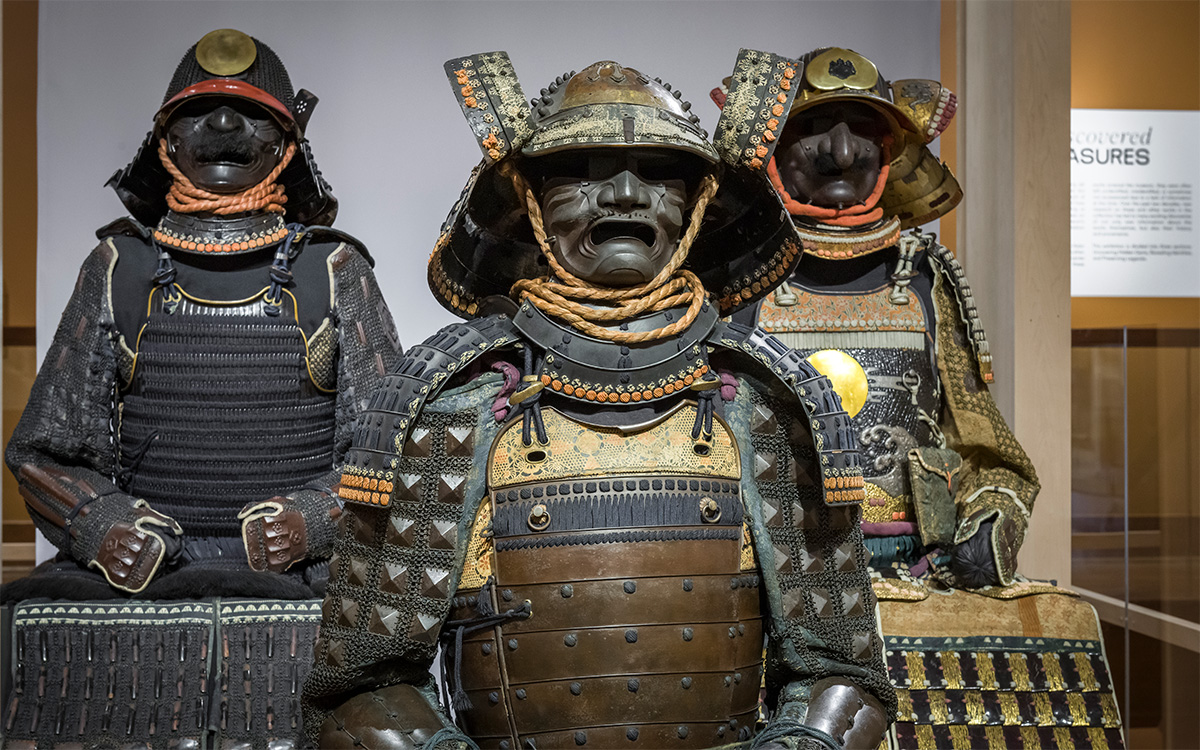
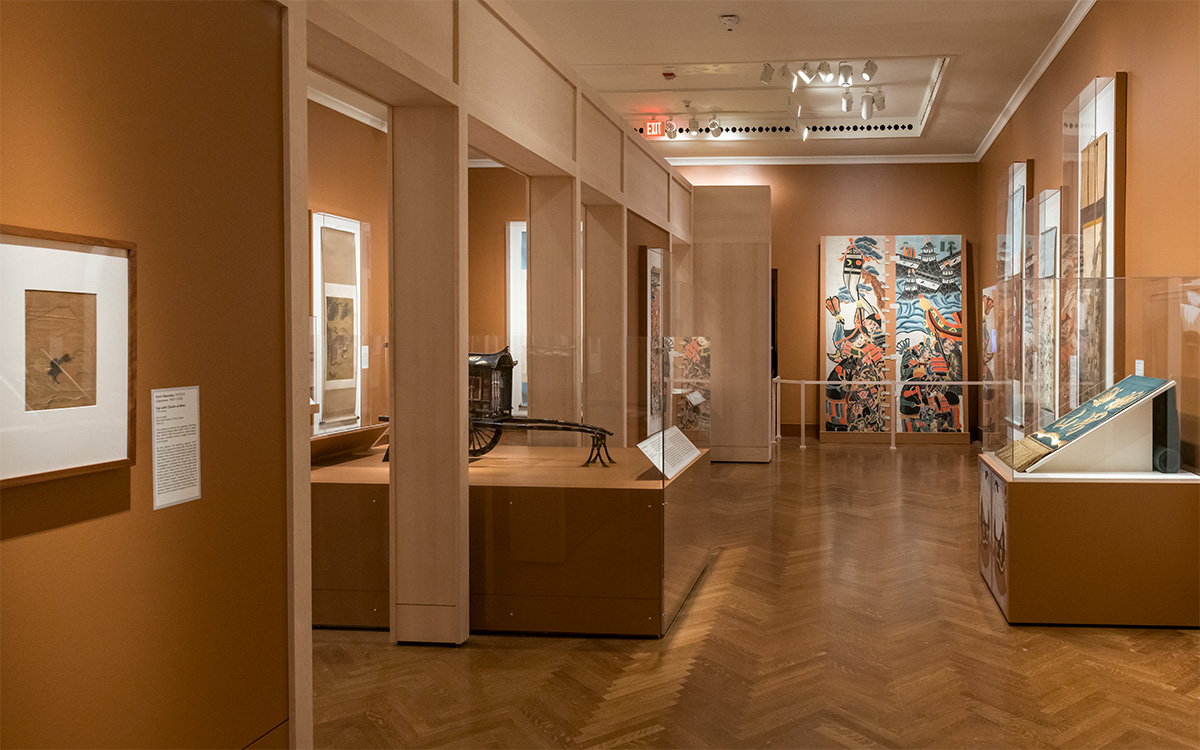
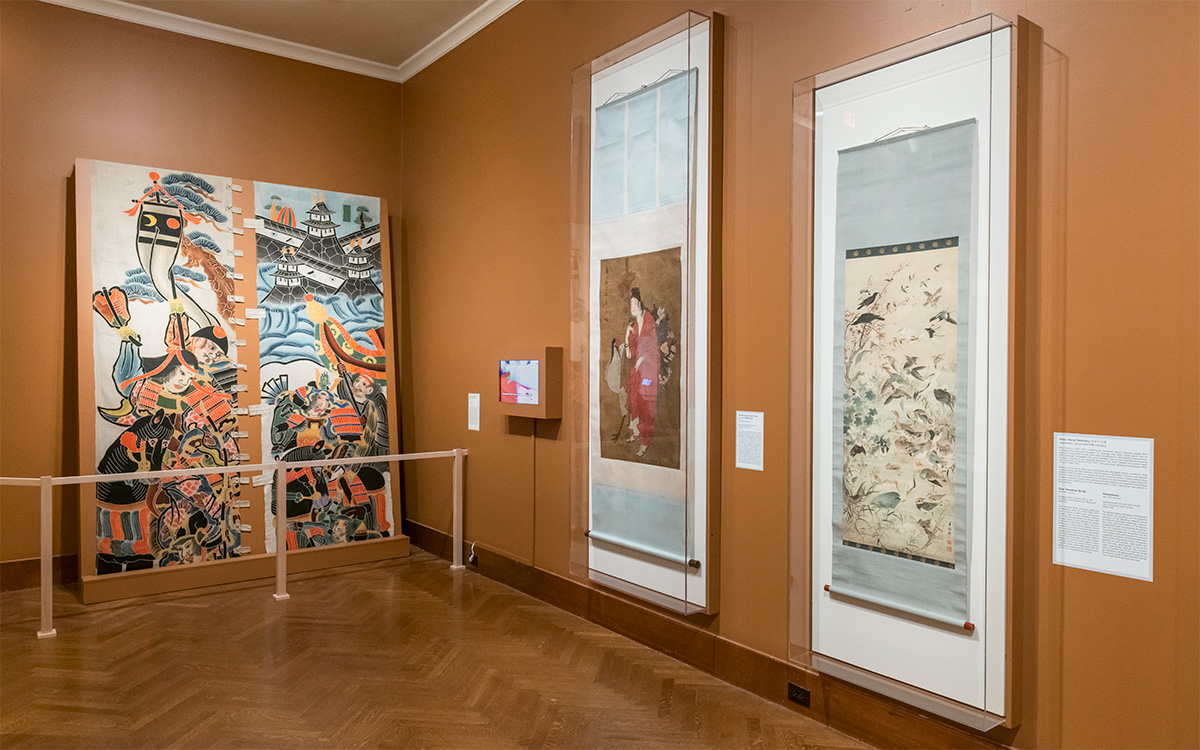
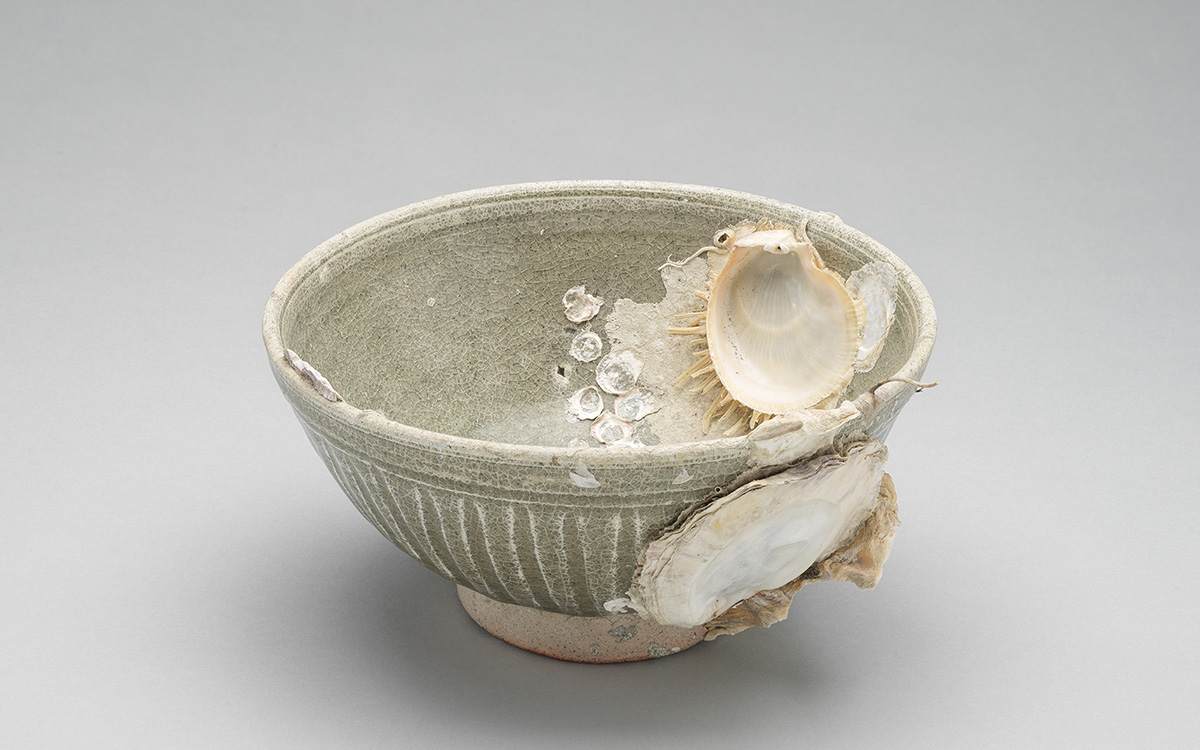
Bowl with Shell Attachments, Thailand, 13th century, ceramic, Gift of Widodo Latip, 2019.208
Conservation: Recovered from a 13th century shipwreck in the waters off the coast of Indonesia, this ceramic has unique condition requirements to prevent further degradation.
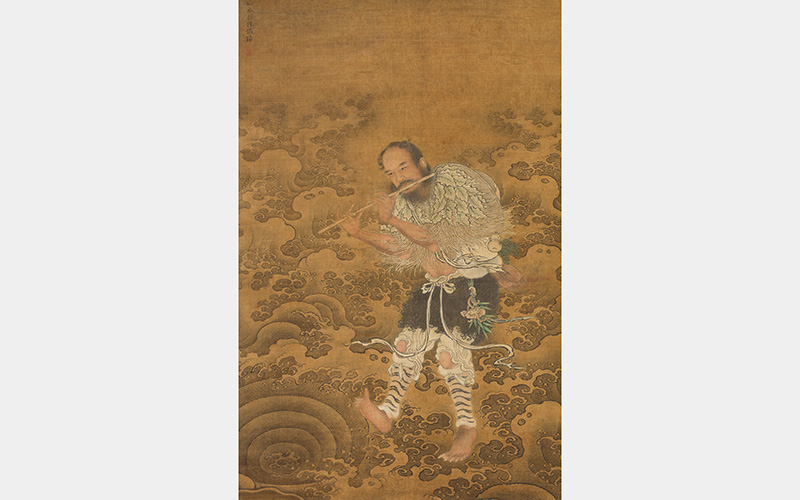
Zhang Jin 張錦 (Chinese, ca. 1450s–1520s), Daoist Immortal Han Xiangzi, late 15th century, hanging scroll, ink and color on silk, Museum Purchase: Gift of the Duke and Duchess of Talleyrand-Perigord, by exchange, 2011.70
New Identity: Through research, the painter of this work was identified as the poorly documented Ming painter Zhang Jin (1450s–1520s), making this his sole extant painting.

Model of an Ox Cart, Japan, 19th century, lacquer, bamboo, silk, Gift of Mrs. Etsu Inagaki Sugimoto, 1911.1371
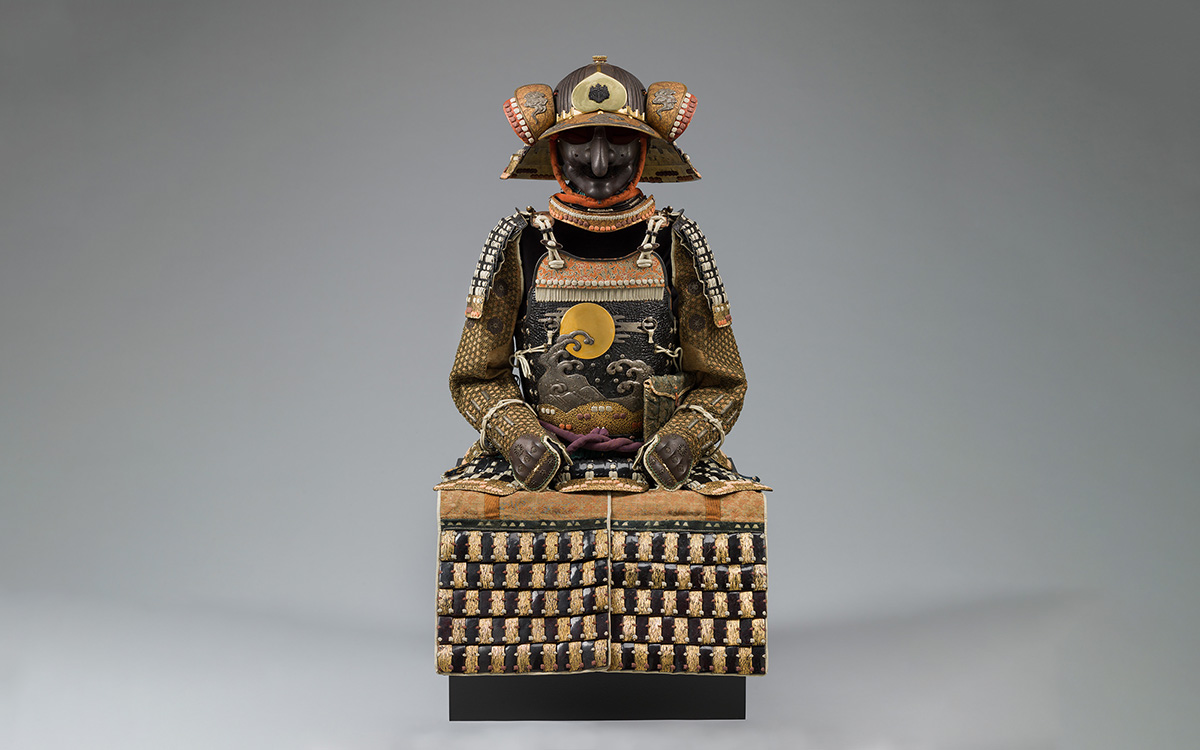
Suit of Armor (Suit #1), Japan, late 18th century, metal, leather, Museum Purchase, 1892.2783
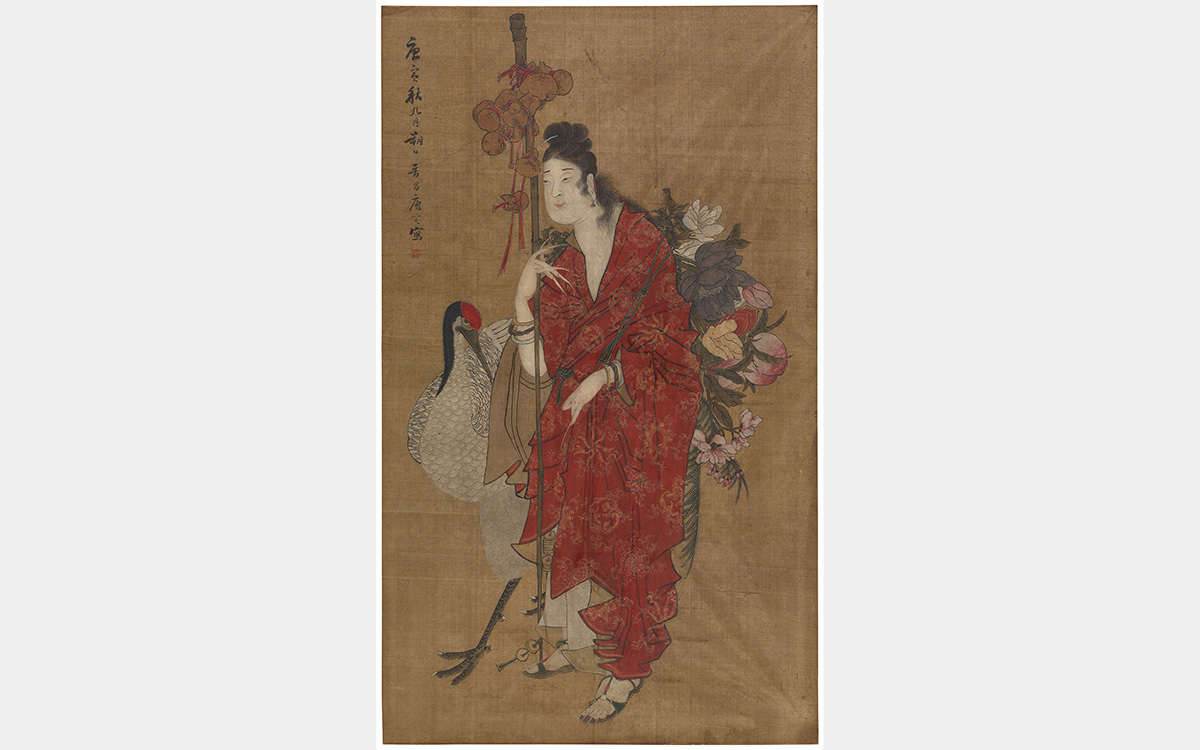
Female Immortal with Crane, China, Ming dynasty (1368–1644), hanging scroll, ink and color on silk, Gift of Dr. Martin Fischer, 1957.383
Conservation: Originally glued to a board, this painting has been removed, cleaned, and remounted as a hanging scroll.
Rediscovered Treasures
September 19, 2025 – January 18, 2026
The Thomas R. Schiff Gallery (Gallery 234 & 235)
Free Admission
Press Release
Rediscovered Treasures features nearly 60 artworks selected from the Cincinnati Art Museum’s East Asian Art collection. Each tells a fascinating story of its rediscovery through scholarship or conservation, fulfilling two key goals of the museum’s mission: interpreting and preserving the cultural objects in our care.
The museum acquired the core of its East Asian collection in the late nineteenth century when Cincinnati became a flourishing cultural center in the Midwest. These early acquisitions were often left unidentified, misidentified, or sometimes not accessioned at all due to a lack of information at the time. However, over the past two decades, new research on these works and others in the East Asian collection has led to many exciting discoveries, providing not only new information about the objects themselves, but also their histories and provenances.
Hear verbal descriptions of highlighted artworks and interpretive content for the exhibition, wherever you are.
Free Exhibition Tours
Every Thursday from September 19, 2025–January 18, 2026, 6:30–7:30 p.m.
11th Annual Asian Art Society Lecture: Rediscovered Treasures
Sunday, September 28, 2025, 2–4 p.m.
CAM Kids Day: Treasure Hunt
Saturday, October 4, 2025, 11 a.m.–3 p.m.
CAM Presents: The Art of Asian Painting Conservation with Qian He
Sunday, October 5, 2025, 2–3 p.m.
Evenings for Educators - Rediscovered Treasures
Thursday, January 15, 2026, 4–7 p.m.
Presenting Sponsor

Additional support provided by
The E. Rhodes and Leona B. Carpenter Foundation
Cincinnati, OH 45202
Toll Free: 1 (877) 472-4226
Museum Hours
Museum Shop
Terrace Café
Library
Cincinnati Art Museum is supported by the tens of thousands of people who give generously to the annual ArtsWave Campaign, the region's primary source for arts funding.

Free general admission to the Cincinnati Art Museum is made possible by a gift from the Rosenthal Family Foundation. Exhibition pricing may vary. Parking at the Cincinnati Art Museum is free.
Generous support for our extended Thursday hours is provided by Art Bridges Foundation’s Access for All program.

General operating support provided by:



